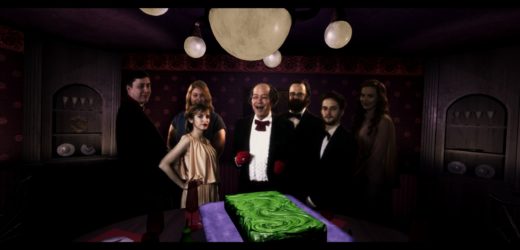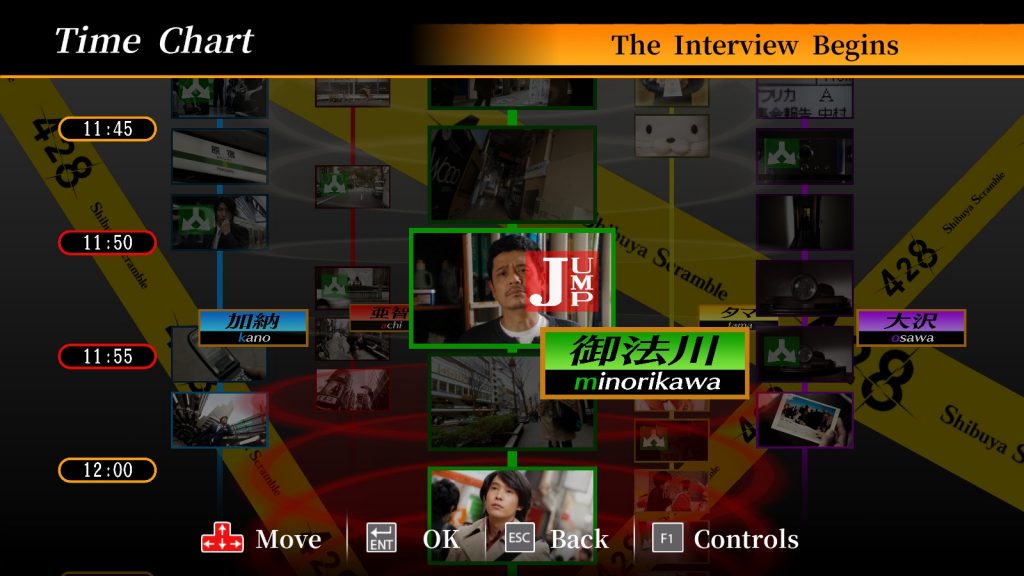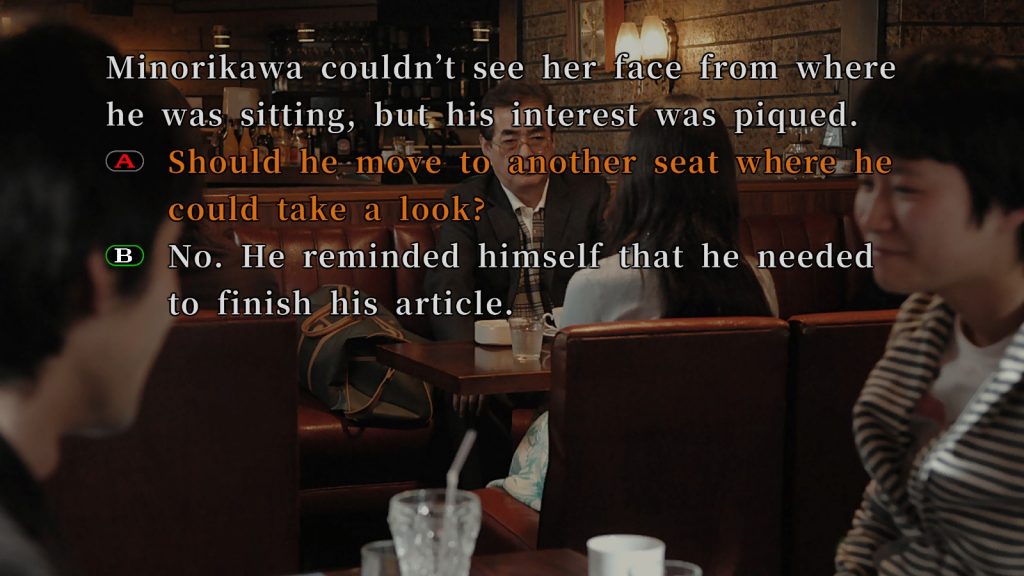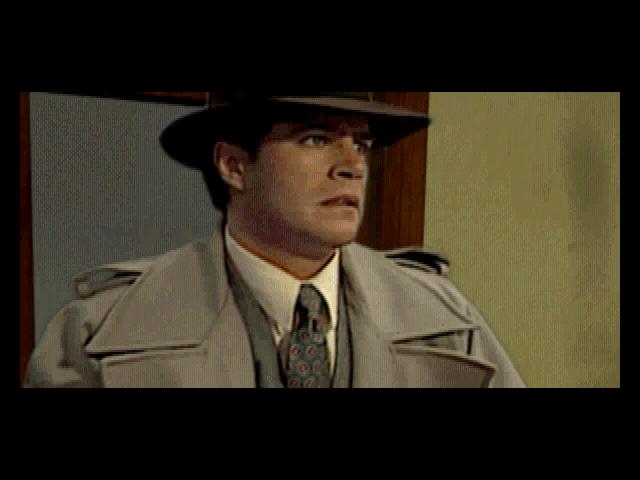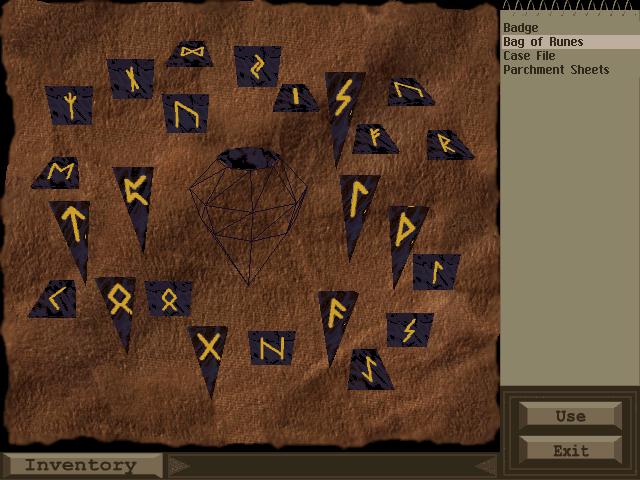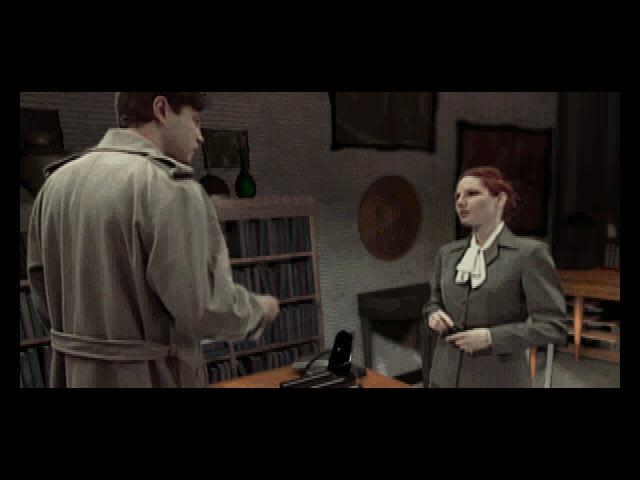Death Come True (Review)
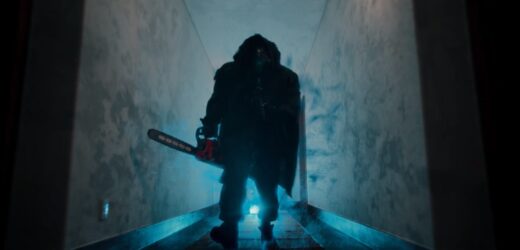
Source: Review Copy
Price: £12.39
Where To Get It: Steam
Death Come True definitely has a quiet pizazz to it. Protagonist wakes up in hotel with amnesia, sees on the news that he is, apparently, a serial killer… And something is definitely wrong with the hotel he’s in.
Like, y’know, how every time he dies, he wakes up in the same bed, the same time, reliving the same events. And that there’s a scary murderer on the loose in the hotel.
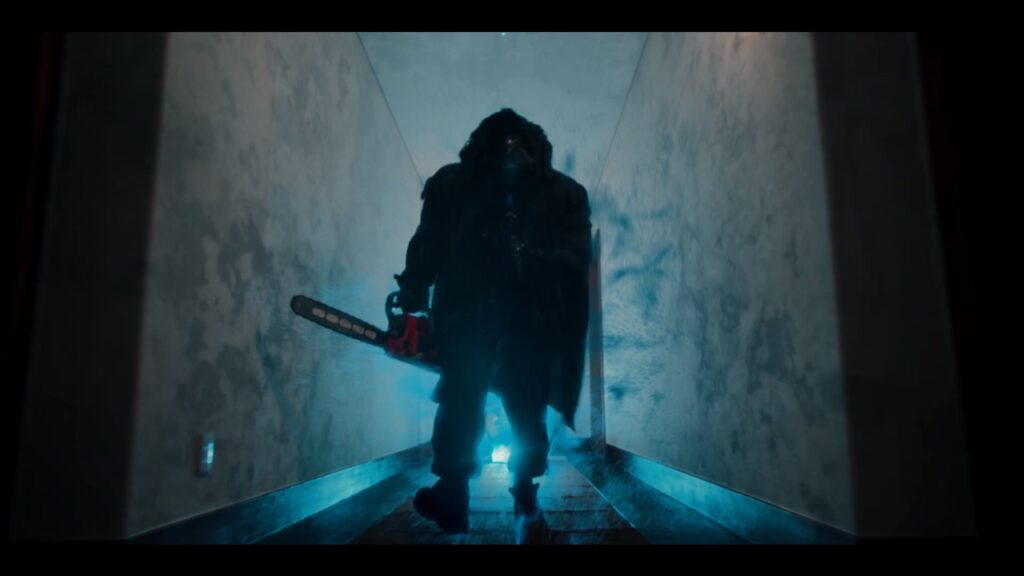
So… This is one of those games where yes, deaths abound, but each death brings you closer to the truth. And while I wish it were longer, I can certainly understand why it wasn’t so. It’s technically a visual novel, as there are no puzzles, a heavy emphasis on story, and the mechanic is “Make choice(s)”, but it’s presented in a full motion video, fully voice acted form. Interesting stuff we don’t see a lot, because… Well, it’s fucking expensive.
But did I enjoy this experience? Well, this is one of those where, when asked that, I wave my hand back and forth, if only a little before saying “Overall, yes.” I enjoyed the acting, and the writing, with characters who are easily identifiable, and two or three out of the small cast you can sympathise with. Each film segment is fairly well shot, I was brought into the story, and there’s some subtle visual imagery I quite enjoyed, that makes sense later. And the UX is solid, even nice, as it shows a tiny preview of your path (even if it takes a short time to realise the choices are pretty much always on the left… And right.)
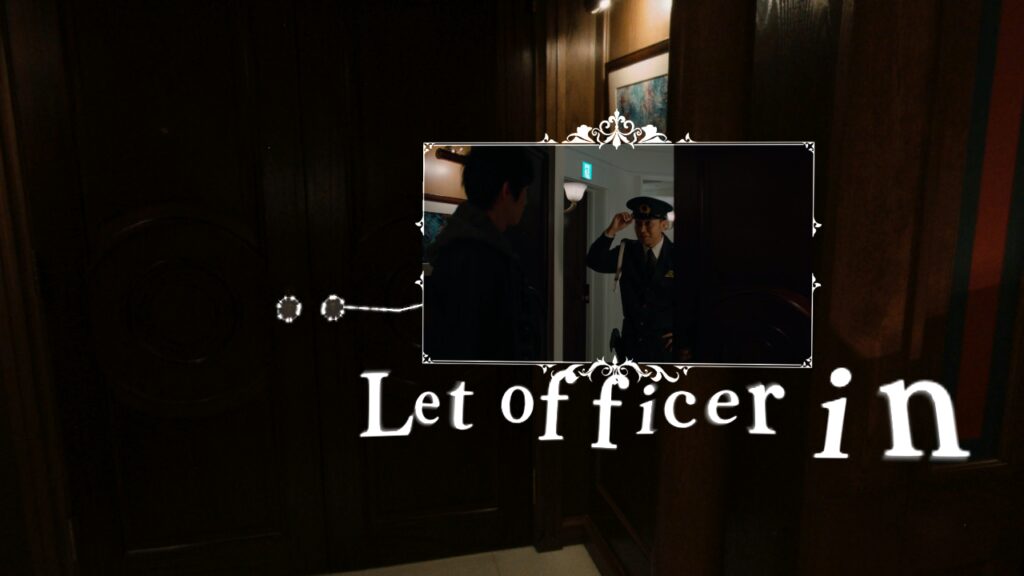
And that preview, a very nice element in the UX… Becomes an eyesore after a certain point. I understand why they did it (It works with the narrative), but it’s hard on the eyes, and I will say that if you don’t like glitch effects, or have photosensitive epilepsy, that happens a lot, and this game is probably not for you. The path becomes pretty clear after a short while, and I would honestly have liked some sort of timeline feature to see the deaths, rather than replaying the entire storyline to deliberately make the wrong choices to see them, since, as mentioned, after a certain point, those nice previews go to shit, meaning that getting to those choices becomes a chore on the eyes.
Apart from this, where yes, the UX is most of my complaints (One of the deaths seems completely out of the blue, feeling like it’s there for the sake of a death, and one is rather dull compared to the others), I did legitimately enjoy my time with Death Come True, and I would say that if you’re interested in short visual novels with well acted FMV, and glitching effects are not a turn off for you, then this one is a nice pick, even if it’s slightly flawed in places.

My main issue is, funnily enough, with something that still fits in the game, narratively… But oh boy, am I not a fan of glitch effects myself.
The developers have very kindly requested I keep this as spoiler light as possible, and use the given screenshots.

